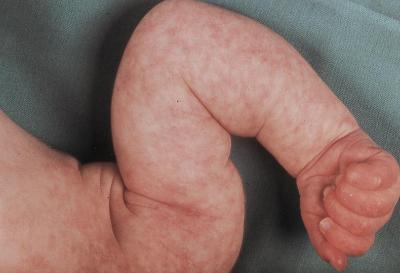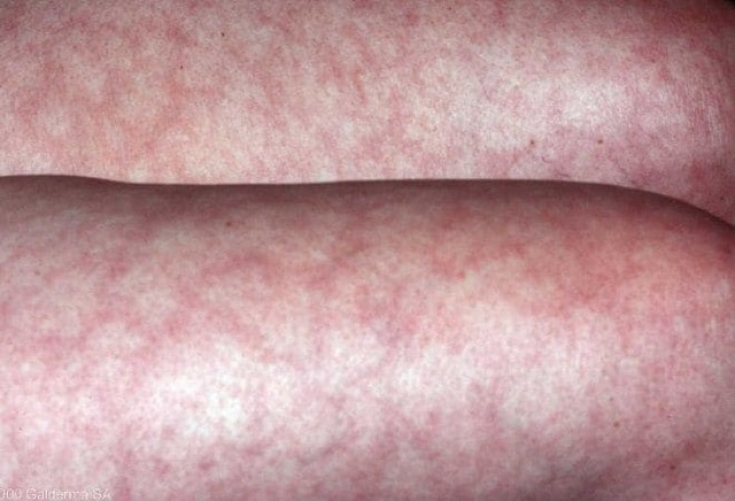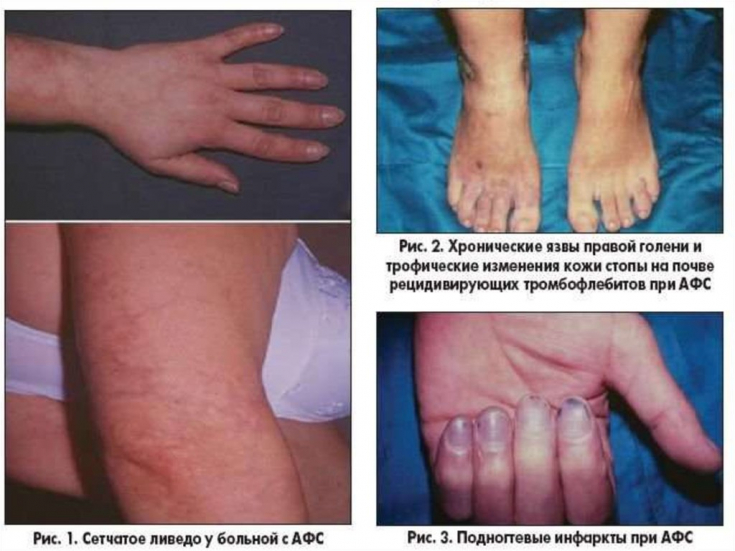Marbled leather or livedo – a condition characterized by the appearance of a tree-like pattern on pale or reddened skin, as a rule, is due to changes in the state of superficially located vessels. Such a phenomenon may be congenital or acquired, physiological or pathological.
Marbling of the skin may be a reaction to changes in ambient temperature, or may occur in response to certain medications. On estet-portal.com we will take a closer look at the causes of marbled skin, as well as determine when marbled skin can be a sign of a serious pathology.
Marble skin: when there is nothing to fear

Very often, marbling of the skin is observed in newborns and infants. This is due to the physiological characteristics of this period of life.
Firstly, the mechanisms of thermoregulation still do not work well, and even with small temperature changes, marbling of the skin can occur.
Thin subcutaneous fat, prolonged crying, or overfeeding may also cause vascular patterns on the arms of infants.
Normally, marbling of the skin should disappear before 2 years. However, this does not happen to all babies.
If the changes are persistent, and the child has other health complaints, heart disease, generalized phlebectasia, Down and Edwards syndrome, anemia should be excluded.

In adults, marble hands are considered the norm, when, with a change in temperature, blood vessels become visible on the skin of the back of the hands.
Hands do not lie: clinical features of hand skin diseases
Dangerous marbling of the skin
In adults, persistent livedo is rarely normal, and usually accompanies infectious, cardiovascular, oncological, cardiovascular, and endocrine diseases.
There are three types of skin marbling:
• Net livedo, which is temporary, arising as a reaction to a change in temperature;
• Livedo lenticularis is manifested by the presence of a large number of small blue spots on the legs. This is one of the clear signs of tuberculosis;
• Livedo tree is an indirect sign of many cardiovascular diseases, occurs with collagenosis, oncological pathology, as well as many chronic diseases.
Another serious disease that is accompanied by marbling of the skin is antiphospholipid syndrome. It is very often accompanied by thrombosis of both venous and arterial beds, which manifests itself in marbling of the skin.
The cause of antiphospholipid syndrome is unknown, however, due to the presence of such a clinical sign as marbling of the skin, the disease is easily amenable to early diagnosis.

Skin marbling in antiphospholipid syndrome
Marbling of the skin with antiphospholipid syndrome can occur at normal temperatures. As the disease progresses, areas of skin marbling become larger and can spread to the entire skin.
In severe forms of the disease, subepidermal nodes may form, as well as ulcers resulting from vascular damage.

With thrombosis of large arteries, there is a risk of developing gangrene. And thrombocytopenia in antiphospholipid syndrome leads to the formation of non-palpable purpura.
Peculiarities of the clinical picture and treatment of nail psoriasis
Treatment of marbled skin in primary antiphospholipid syndrome
In antiphospholipid syndrome, factors that can provoke thrombosis should be avoided, such as:
• overweight;
• estrogen-containing preparations;
• smoking;
• high cholesterol.
If thrombosis occurs, the patient should be given heparin followed by a switch to warfarin in combination with 325 mg aspirin daily.
To improve the appearance of marbled skin, it is recommended to take vitamins that strengthen the wall of blood vessels, such as vitamin C.
Patients with marbled skin should be carefully examined, because early diagnosis of antiphospholipid syndrome helps to avoid serious complications in the future.
Read the most interesting articles in Telegram!







Add a comment